It’s amazing what we can’t see when we’re in the midst of it. The late mathematician, Kurt Godel, once wrote that you can’t be part of the system and understand the system at the same time. In the midst of touching and feeling, we have no objective perspective. We know what we experience in real time rather than objective reality.
I started work with a company that had self-implemented EOS and had never had professional sessions before. They were a group of people trying to get something done, believing their challenges and struggles were unique, but in reality, they are like every other organization out there. The lack of realistic objectivity manifested itself in the following:
- “We’re unique because of our size. We’re small and therefore have a bunch of resource constraints”
- This complaint exists in all companies regardless of size
- “Our industry is different from any other industry, which makes us special and our challenges unique.”
- In reality, most of them had never worked in another industry so they had nothing to compare it to and didn’t understand the rules across industries are somewhat universal.
- “We’re unique because, at this phase, the economy is different and things aren’t how they used to be.”
- We’ve all spent 3 years shifting and adapting to COVID. Nothing is the same for anyone!
It became clear rather quickly that we didn’t need to start from scratch but did need to utilize EOS tools better. It took an outsider asking questions to help them realize their lack of objectivity. They were looking in the mirror for the very first time, seeing things as they actually are rather than being wrapped in the veneer they’d papered over themselves without even realizing it.
That first quarterly session scored 10s all around. The realization that they had gotten lost in their own complexity had led them from being profitable and growing to not profitable and stuck. The team walked out of the quarterly with not 8 rocks that led to scattered chaos but 4 that were crystal clear on what had to be done. The tools created a framework for what they needed to say no to – those things that were not the most important things.
In the session, the team collaboratively established the big YES in terms of financial predictions and rocks. Anything that didn’t lead to achieving them had to be a no, even if it was a great idea. It wasn’t easy to get there. The team consisted of a visionary owner and 3 others who had convinced themselves that they communicated well but the owner did not.
In reality, their Kolbe scores showed that the 3 leaders were high fact-finders and had a tendency to gather and share information (ad nauseam!), while the visionary owner was a quick start who acted rather than researched.
The issue was not a lack of communication but rather differences in how they were wired. The leaders had a strong tendency to protect the status quo while the owner was wired to constantly try new things. I was able to call it out repeatedly to help them understand where the energies were coming from. Neither contingent was right or wrong; they’re just different.
I had to cut people off repeatedly. Things got a bit heated at times. When we are unable or unwilling to collaborate, damage and dysfunction lead to judgment and suspect motives when in reality, we’re simply being who we’re wired to be. To act otherwise is the opposite of what’s natural and it’s really hard!
Once the team understood their Kolbe scores, the lightbulb came on. Each person understood why they act the way they do and their co-workers understand, too. It changes how they interact. Magical things happen when 2 completely opposite ends of the spectrum bridge the gap and work well together!



